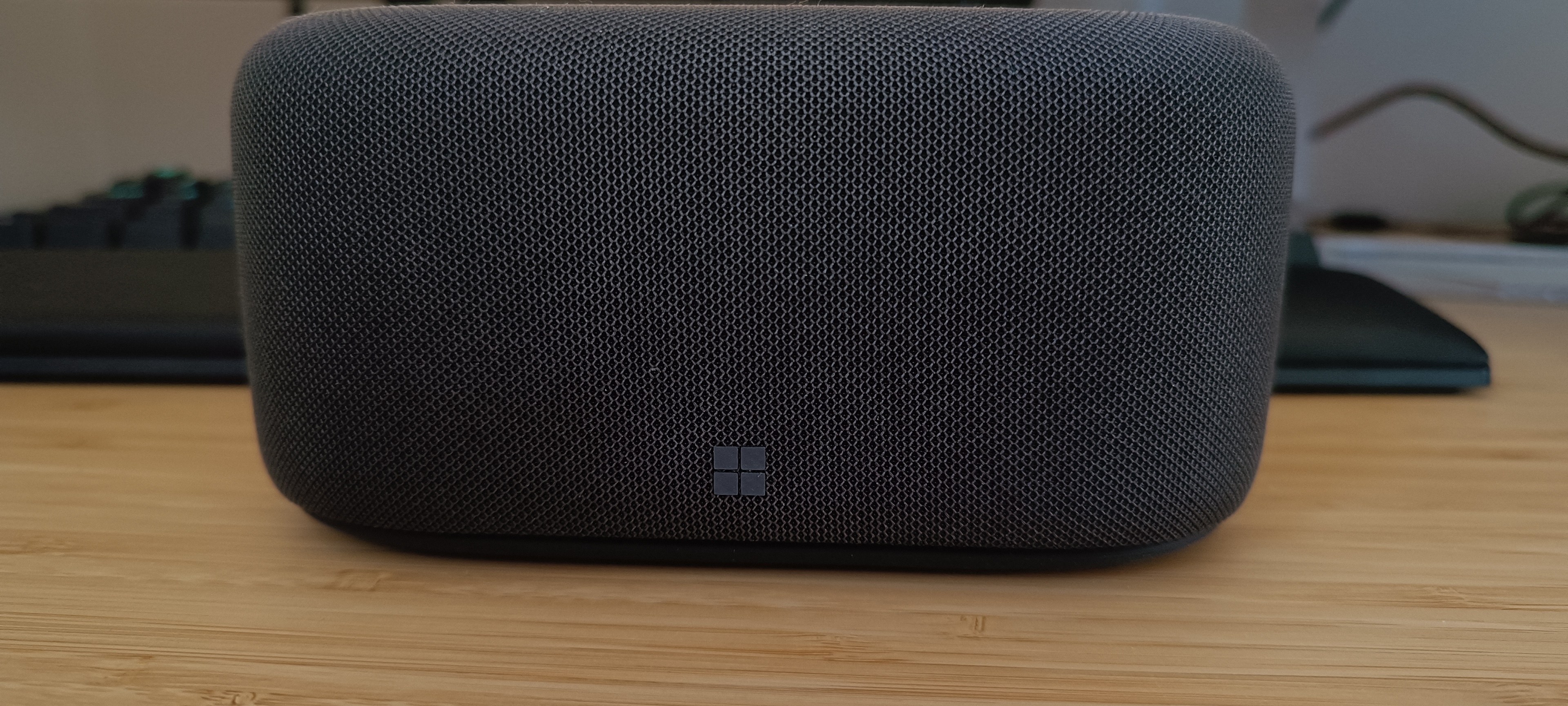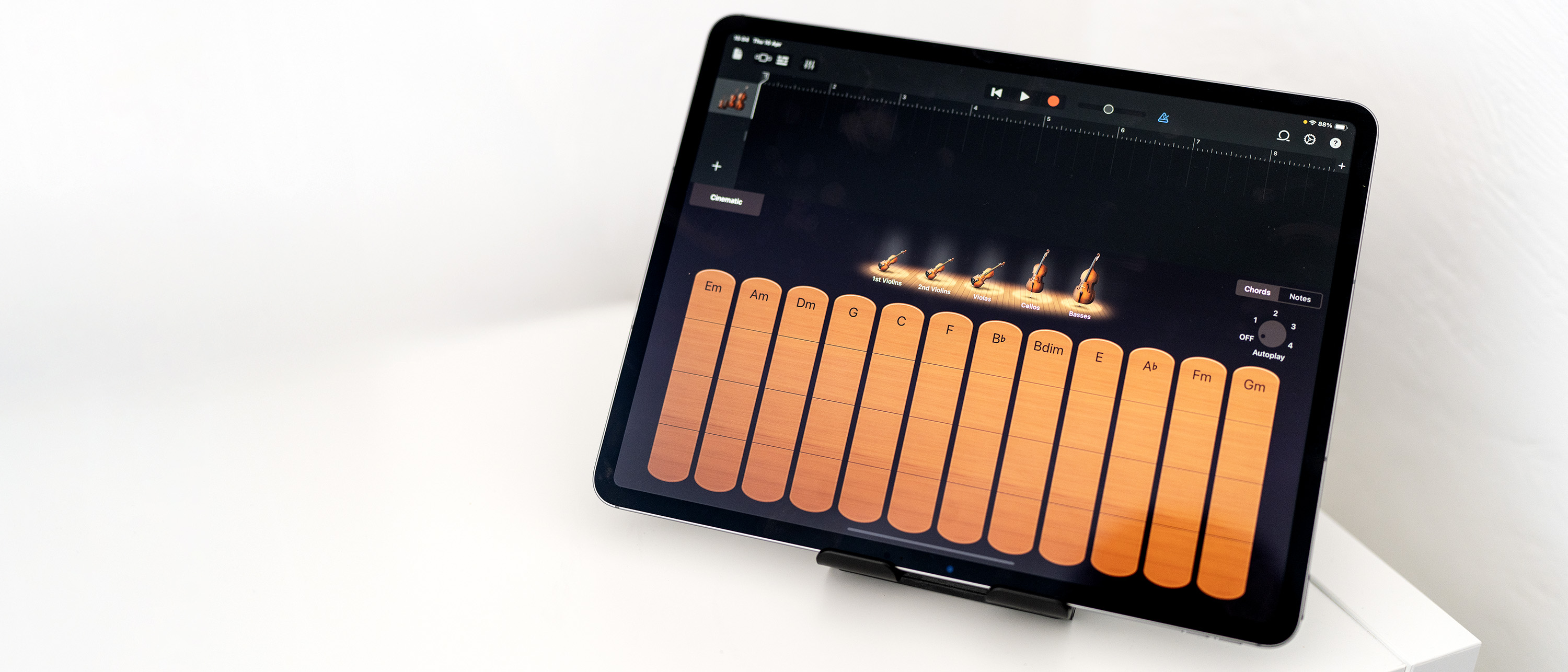Our Verdict
The Microsoft Audio Dock is a new Surface ecosystem accessory that combines a USB hub, conference-room speaker and Teams integration. It looks nice, the speaker is very decent and the dedicated Teams button is useful for a very specific subsection of professionals. However, the high price tag and lack of a must-have or standout feature mean it never feels like an essential product.
For
- Decent sound and good mic
- Can connect two monitors
- Looks very nice
Against
- Only four ports
- Not a smart speaker replacement
Why you can trust Creative Bloq
The Microsoft Audio Dock is a part of a slew of new accessories brought out by Microsoft in recent months that are all aimed at building an entire Surface ecosystem for users. A sort of a hybrid between the now-discontinued Surface Dock and the Modern USB-C Speaker, the Microsoft Audio Dock combines a small USB hub with a speakerphone, along with integrated Teams functionality, in the shape of a Teams button that will instantly launch the Microsoft video-conferencing app on the computer hooked up to the dock, and even flash to let you know you're late (again) for a (yet another) VC.
We've reviewed a few of these Surface devices recently, including the Microsoft Modern Webcam, Microsoft Surface Slim Pen 2 and the Microsoft Surface Dial, and much like most of those, the Audio Dock seems to fall into that category of somehow being too specific to Surface to appeal to non-Surface users while also being not specific or strong enough for Surface users to choose them over other, more capable alternatives.
Our guide to the best USB docks is aimed at MacBook Pro users in name (mostly due to that magnificent laptop's almost equally impressive lack of ports) but is a great resource to anyone looking for a capable dock for their office setup. And all the docks on there have a lot more ports than the Microsoft Audio Dock, so to make it onto that list, or any similar one, Microsoft's offering needs to make up some ground in other ways. Does it manage? I received a review sample to test and use in my daily work over the course of a month to find out.
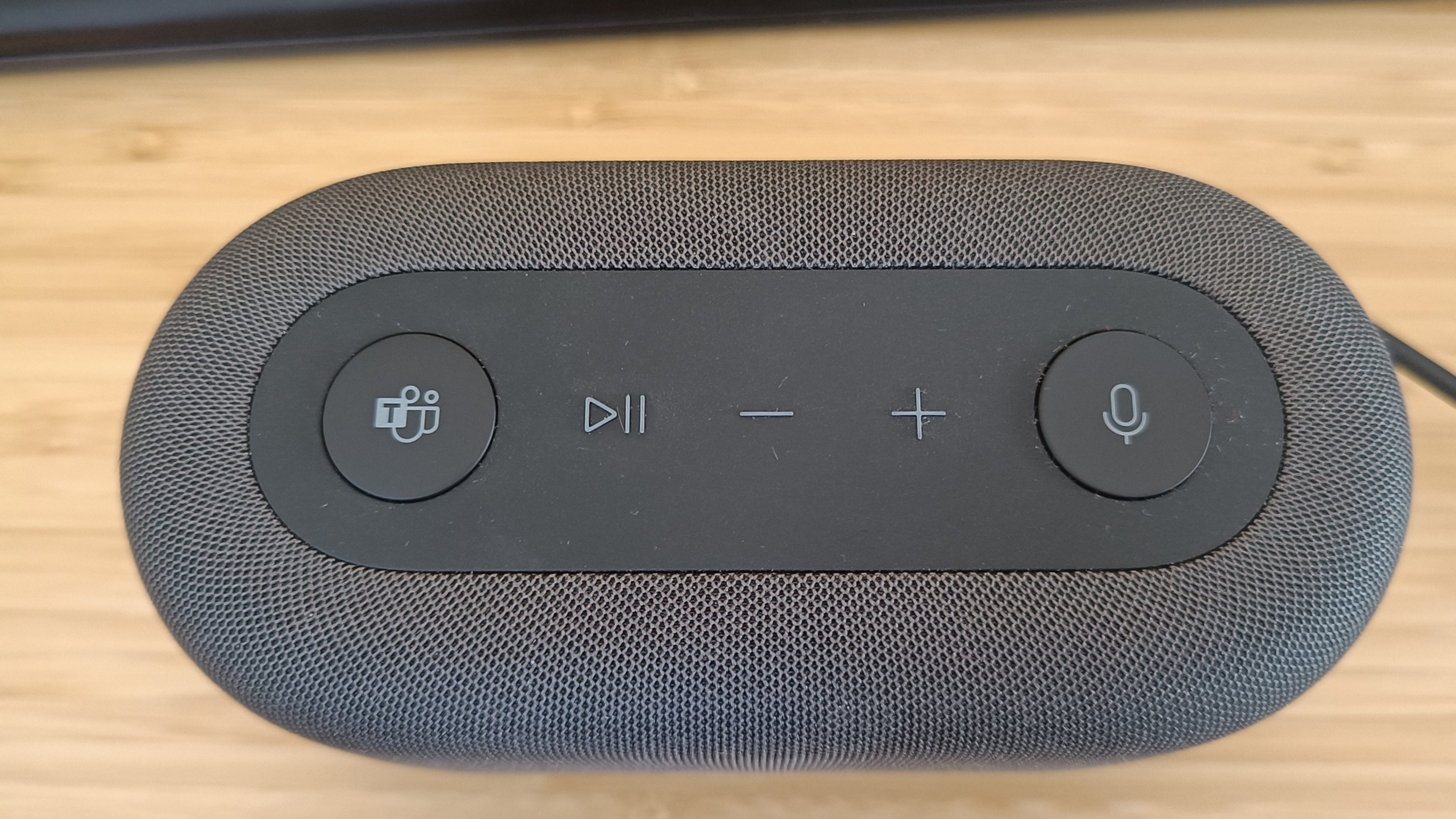
Design
Here, the Microsoft Audio Dock shines. Or should I rather say it doesn't? Instead of a boxy, unappealing shiny-plastic or metal block, the surface of the Microsoft Audio Dock is all mesh fabric and soft-touch rubber. Mmm.
The rounded pill shape makes it look friendly and inobtrusive on your desk, while the mesh fabric surrounding the sides and onto the top of the device, covering the speaker drivers, gives it an air of distinction. Meanwhile the rubber covering the buttons on top of the unit further reduces any glare or indeed harsh bare-plastic vibes, and the soft-touch rubber underneath sticks the dock nicely in place on your desk and prevents it slipping around it once everything is plugged in.
The ports, of which there are four, are all placed on the back. There's two USB-C ports, one for data, the other for a USB-C monitor to connect, an HDMI 2.0 port with a 4K capacity, and a USB-A 3.2 port.
This isn't a whole lot of ports, to be honest, but will do the job for someone who merely needs to connect a monitor to their laptop while offering a power pass-through port for the computer. If you want to link up an external keyboard and mouse as well, for example, you need to hope there's enough ports going spare on the laptop itself.
This no doubt is a result of Microsoft very much aiming this at Surface laptop owners, who already have a plentiful supply of ports on the laptop, but MacBook Pro users (yes, the dock is compatible with MacOS) and owners of more port-scarce laptops will be tempted to look elsewhere.
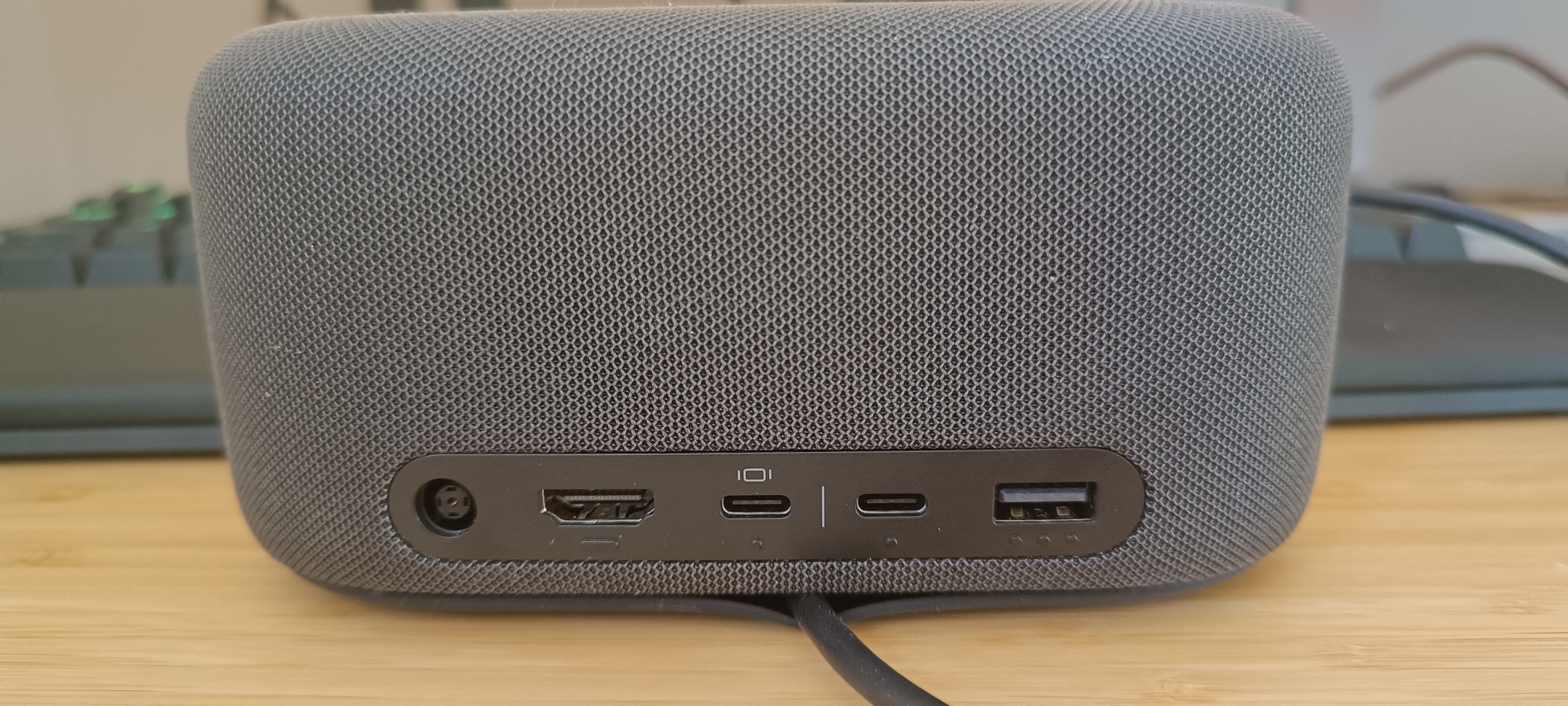
Features
We've already covered the ports above, so what else does the Microsoft Audio Dock have to offer? Well, here the USP is that it's also a speakerphone. With an omnidirectional speaker and a noise-reducing mic integrated into the unit, Microsoft no doubt wants to see this unit make its way into conference rooms everywhere.
It's compatible with both Teams, Google Meet and Zoom, but the Teams branding on top, with the dedicated, non-reformattable button might put off companies and professionals that routinely use Meet, Zoom or other software for their video-conferencing. Fortunately for Microsoft though, plenty of companies and organisations do use Teams, so maybe I'm overestimating any effect this would have on the company's delicate bottom line.
The Omnisonic speaker has 5-watt tweeters with a 15-watt woofer, promising a decent sound quality, with a volume button on top, and the two omnidirectional mics can be controlled with the mute button on the unit.
In a move that all but confirms that Microsoft is quietly dropping its voice assistant Cortana entirely, there's no smart-speaker functionality in the Microsoft Audio Dock.
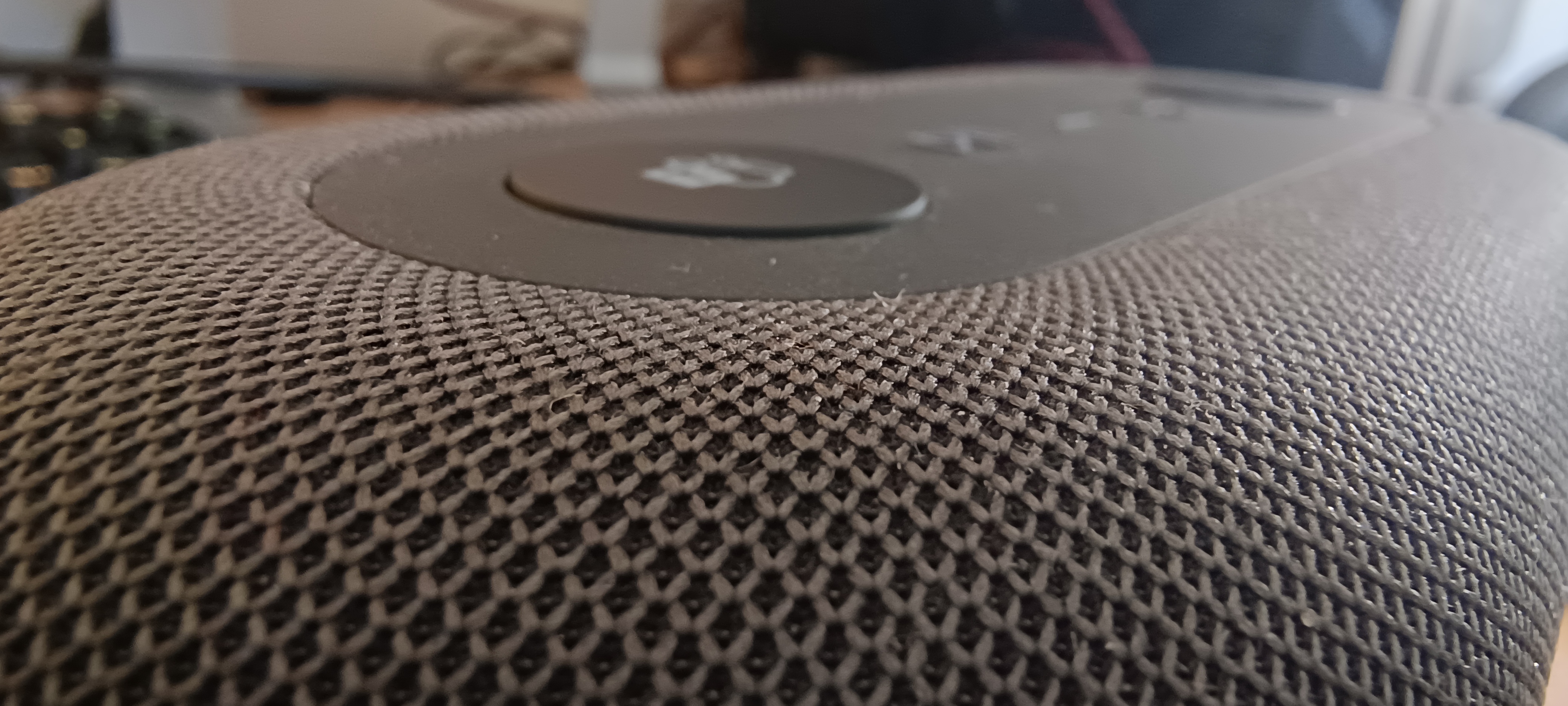
Performance
First, the pleasant surprise: the sound from the Microsoft Audio Dock is pretty decent. In fact, I found it preferable to the native speakers on the gaming laptop I was using for the majority of my time with the dock, and when I couldn't use headphones, I would switch to the Audio Dock as my audio playback device for music, even though the device is mostly if not entirely designed around video-conferencing and simple conversing.
With the 15-watt woofer, there is a surprisingly satisfying bass to the sound and the range is richer than most if not all conference speakers I've listened to. Of course, speech is clear too, and the mics are very good at picking up my sometimes-mumbling voice, much better than the ones on Microsoft's own Modern Webcam, which I used at the same time.
As a dock, however, it is limited by its relative dearth of ports. I was able to connect a monitor to it, yes, but had to rely on the two available ports on the laptop I had to link up my external keyboard and mouse. Also, the power delivery of the passthrough port maxes out at 60W, which is fine for your average everyday office work, but when I demanded any serious grunt from my laptop, such as image-processing apps or gaming, it either struggled to charge it or simply couldn't keep up, with the battery level gradually decreasing, so easily anxious me ended up just plugging it into the mains anyway.
The dedicated Teams button worked as advertised, summoning Microsoft's video-conferencing app on command, which is a tool that can come in handier in conference rooms than in a regular desk setup, which is what I have, but I can definitely see its use there.
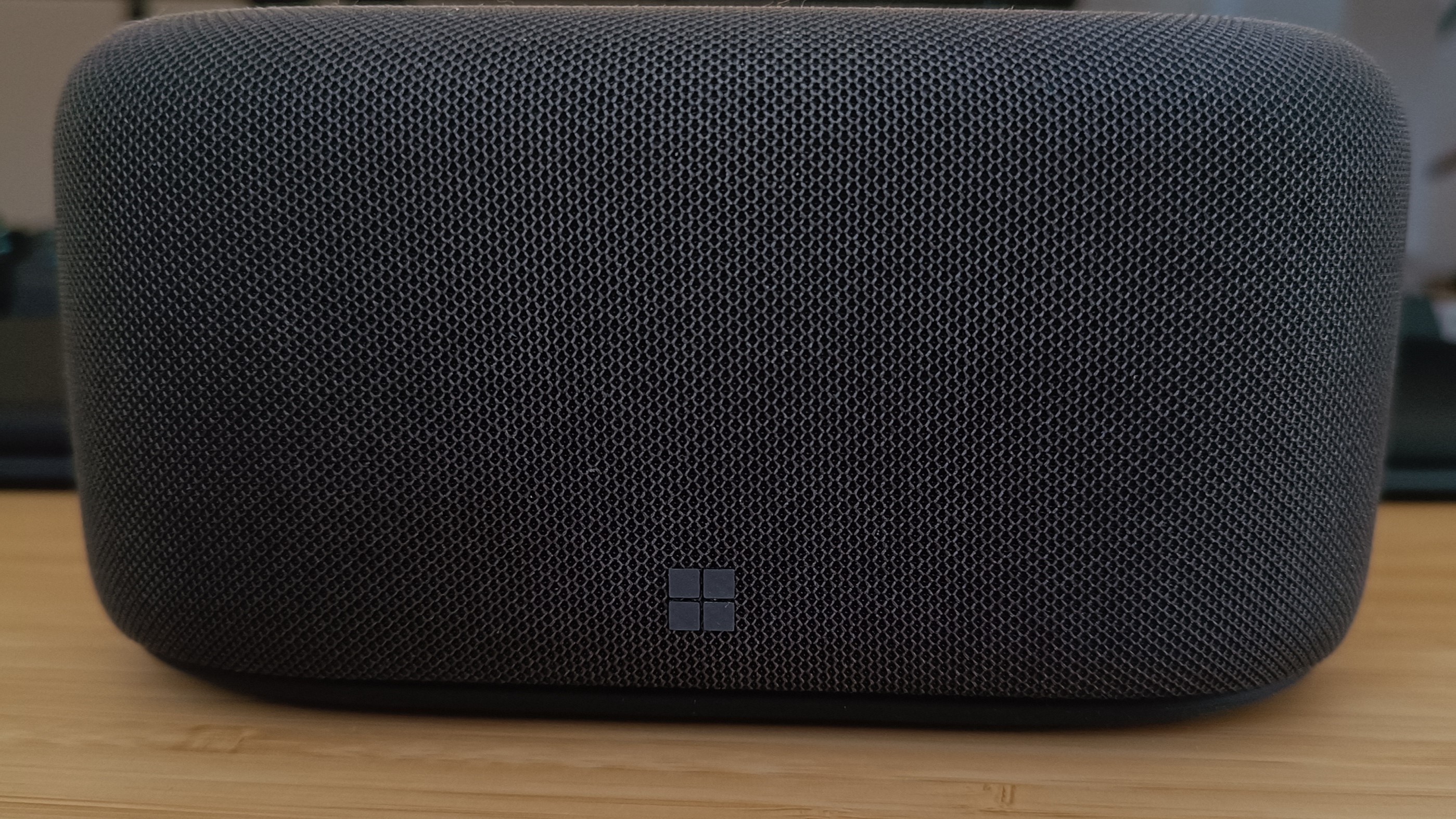
Price
When it was released, it was priced at a fairly outrageous £/$249, but today it can be had for a cool £48.99/$49, and that's before discounts, which I've pushing it down into the high £30s at times. It's perhaps a sign that it hasn't taken off like Microsoft hoped, but it also means it's a bit of a bargain now...
Should I buy the Microsoft Audio Dock?
The Microsoft Audio Dock is very much made for Surface laptop and desktop users. With the relative scarcity of ports for a USB dock it won't be a draw for users of MacBook Pros or other laptops that suffer from an acute port shortage, and the speaker, while surprisingly good, may not be enough of a USP to get it. If you are a Surface user, though (and I admit, I was a big fan of the Surface Laptop 4 in particular), and are keen to adopt a unified ecosystem in your setup (and because you have a Surface machine, you won't be left wanting for ports), the Microsoft Audio Dock looks good and works good too.

Thank you for reading 5 articles this month* Join now for unlimited access
Enjoy your first month for just £1 / $1 / €1
*Read 5 free articles per month without a subscription

Join now for unlimited access
Try first month for just £1 / $1 / €1
out of 10
The Microsoft Audio Dock is a new Surface ecosystem accessory that combines a USB hub, conference-room speaker and Teams integration. It looks nice, the speaker is very decent and the dedicated Teams button is useful for a very specific subsection of professionals. However, the high price tag and lack of a must-have or standout feature mean it never feels like an essential product.

Erlingur is the Tech Reviews Editor on Creative Bloq. Having worked on magazines devoted to Photoshop, films, history, and science for over 15 years, as well as working on Digital Camera World and Top Ten Reviews in more recent times, Erlingur has developed a passion for finding tech that helps people do their job, whatever it may be. He loves putting things to the test and seeing if they're all hyped up to be, to make sure people are getting what they're promised. Still can't get his wifi-only printer to connect to his computer.
